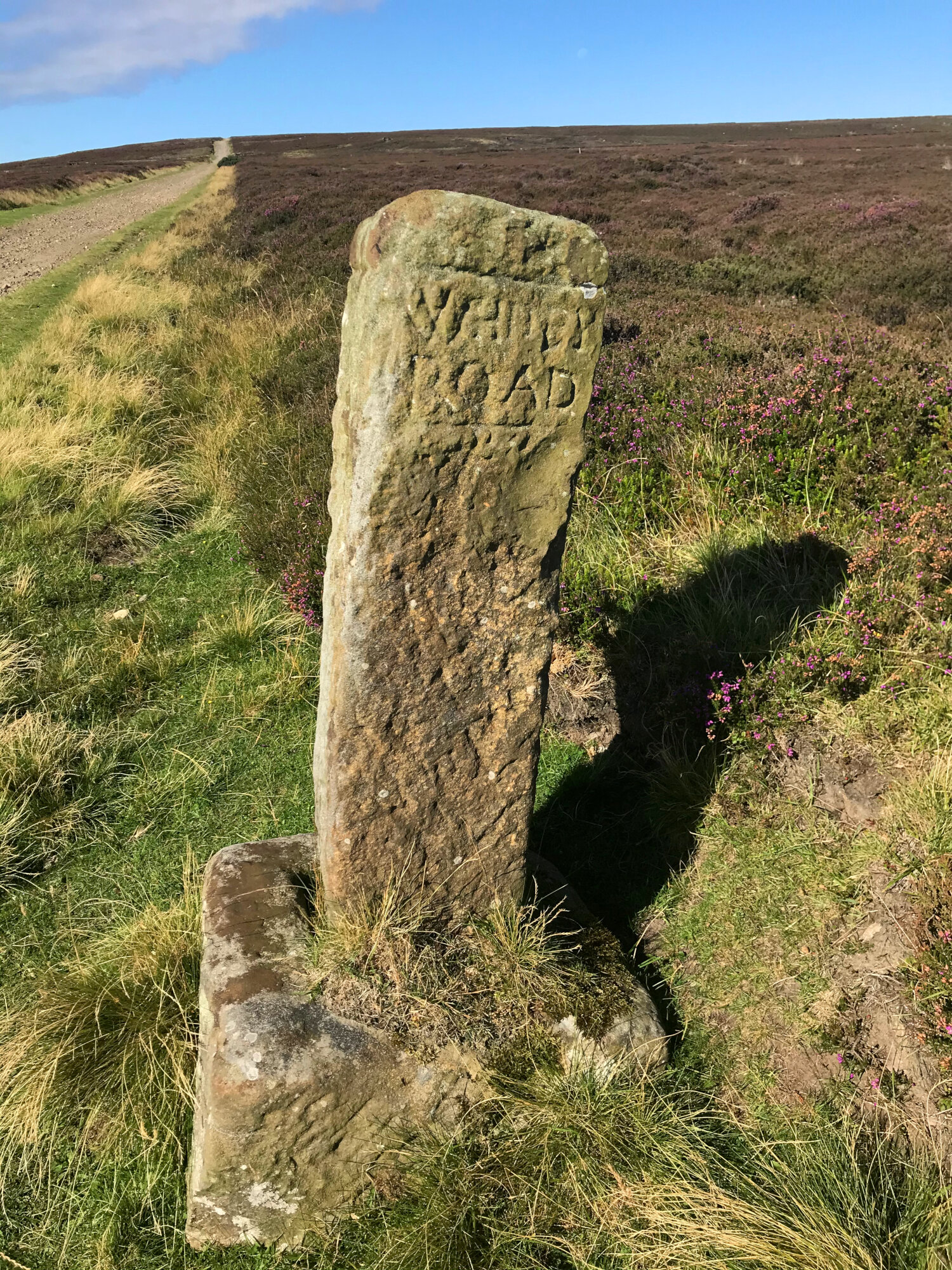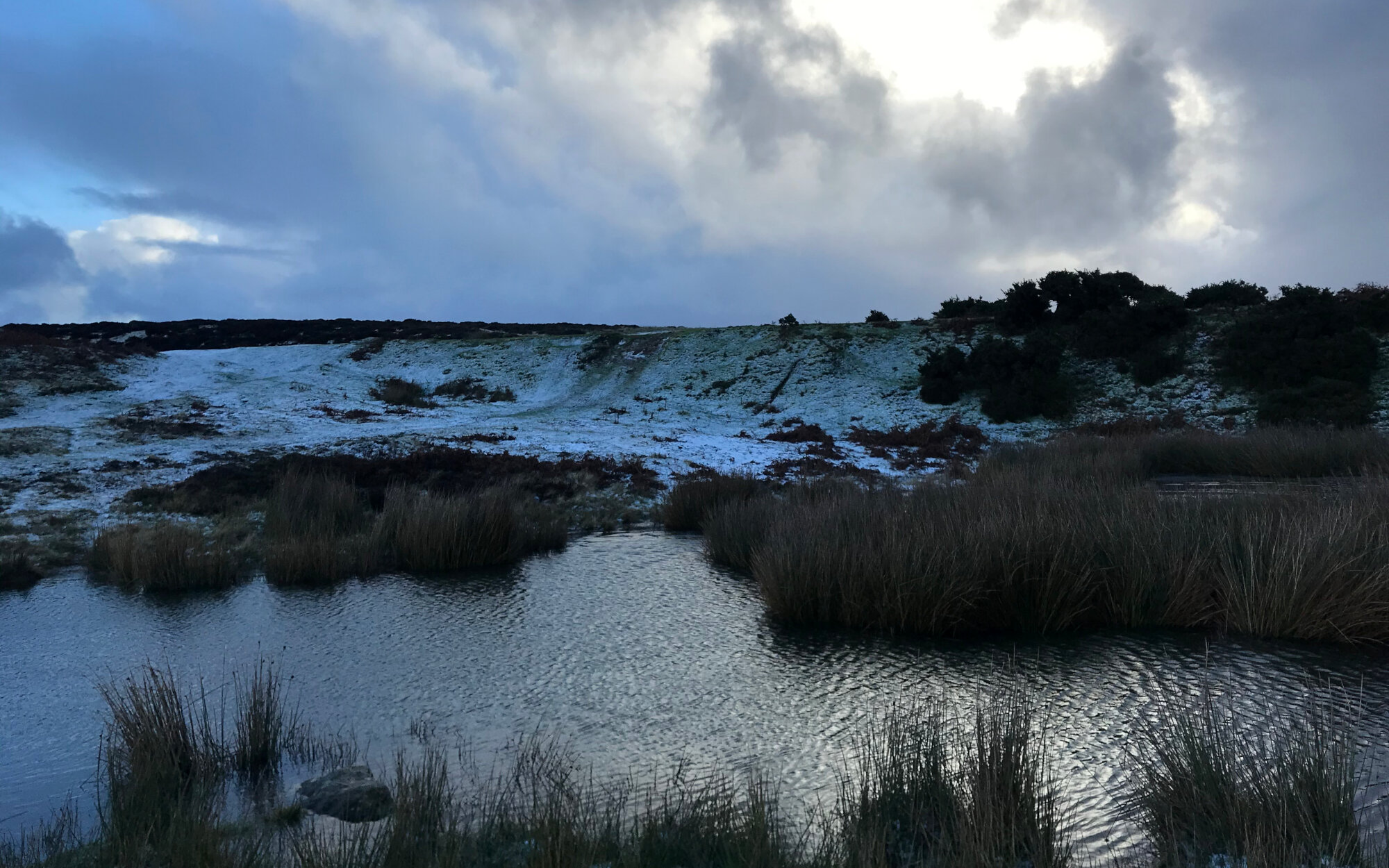Circle
Here is a piece I've been working on for a while. It's an odd choice. If you've never seen anything like this before it seems totally inexplicable. If you have, then its meaning is still not entirely clear. The axe wielding hare appears quite frequently around the margins of medieval manuscripts. No one knows exactly why. It could be that people of the Middle Ages were just fond of a world turned upside down where the hunted becomes the hunter. Maybe everyone who looked at it thought 'Oh yes, that story about the time all the hares turned vicious, took over a castle and murdered loads of knights – we all know that one!'
What ever its meaning, it is one of my favourite things to take a six or seven hundred year old drawing and make it into something three-dimensional. To make an object that only ever existed in the mind of someone long gone.
I am still on my journey around the whole island of Great Britain with Daniel Defoe. We are setting off on another circular journey. I kind of feel like this whole year has been a series of circular journeys. We set off in one direction and somehow end up back where we started. Is it really the 24th of December or is it the 299th of March?
Today we are starting a circuit that will take us from London to Lands End and back. Not all at once of course because it's a really long way and the roads are awful. In 2020 we are in no way allowed to travel from a Tier 4 area to a Tier 1, But we have a pass as long as we stay in the 1720s. We ride along the north bank of the Thames via Hampton Court Palace. It once belonged to Cardinal Wolsey and then to Henry VIII. It has been fairly recently rebuilt by William III, but some on the old palace is still there. My favourite things about this place are the King’s Beasts. Ten heraldic animals on the bridge over the moat.
West of the palace we reach Chertsey then travel over the terrible black desert that my companion finds to offensive. (see last week's post) It is inhabited only by a few disappointingly small sheep. By the time we reach Basingstoke the landscape has improved considerably. We are travelling to Winchester via Arlesford which was recently almost completely destroyed by a 'sudden and surprising fire' A huge shock for everyone, but they are rebuilding. The great church at Winchester houses the bones of Anglo Saxon kings but I'm afraid they didn't rest in peace. During the Civil War, their monuments were destroyed and their bones scattered. What Daniel doesn't tell us is that their bones were used to smash out the enormous west window. Bones and broken glass were later gathered up and reassembled in a rather haphazard fashion. The remade window is not as it was, but a mismatched mosaic which is a rather beautiful testament to its chequered history. The bones were put in new lead lined chests and are a puzzle that people will be still looking at in the 21st century.
From Winchester we are riding over Salisbury Plain which is home to absolutely loads of really great sheep. Also we find the remains of ancient fortifications. One of these, near to the town of Salisbury, is Old Sarum. This place illustrates a problem that Daniel mentions quite often on our journey. There are in Britain many places that have diminished in importance yet somehow still elect members to parliament. Old Sarum has only one farm house, so I assume one voter and yet it has two MPs. My guess would be that he's pretty open to bribery around election time.
In Salisbury, the cathedral has another tomb with an unhappy tale. The eighth Baron Stourton was executed for murder in 1557. The burial was only permitted on condition that the silken rope he was hanged with was suspended over his tomb. More than a hundred and sixty years later, it hangs there still. Nearby at Wilton, we visit the home of another, less disreputable aristocrat, the Earl of Pembroke. He is a great collector of paintings and antiquaries. Daniel loves the place but I find his taste overwhelmingly baroque. The poet Alexander Pope has described the Earl as a collector of 'statues, dirty gods and coins' which kind of makes me like him again.
From here we make a special trip to visit Stonehenge. Even Daniel is impressed by this enormous stone circle and he doesn't really like old things at all. It is a total mystery where the stones came from and how they were brought here. Certainly nobody in the 1720s would be able to shift something so heavy. No one has any clear idea of who built it. Some think it is British, others have suggested the Saxons, the Danish, the Romans, even the Phoenicians. Its purpose could be a temple. It could also mark the site of a great battle victory. Daniel thinks it is a monument to the dead because so many graves have been dug up there. He is keen to dispel a myth about the stones which is that they are impossible to count. A baker tried to count them by laying a loaf on every stone and still came up with a different number every time. Daniel admits that they are hard to count. So many have fallen over and are partly buried in the ground. But he has seen them counted four times and there are always seventy two. Stone circles are a bit thin on the ground in my part of North Yorkshire, so here is a way marker that dates from the early eighteenth century.
A giant stone calendar seems like a good place to stay for a while, as the year turns. Maybe our Christmas is not the one we planned, but it will be fine. Perhaps in this unexpectedly quiet celebration, we will find something different in it that we will want to keep in future years. Even though it is dark and actually snowing here, as sure as the sunrise shifts around the circle of Stonehenge, we are all heading towards spring.




